Equipment
A Bouncing Idea: The Story of the Sand Wedge
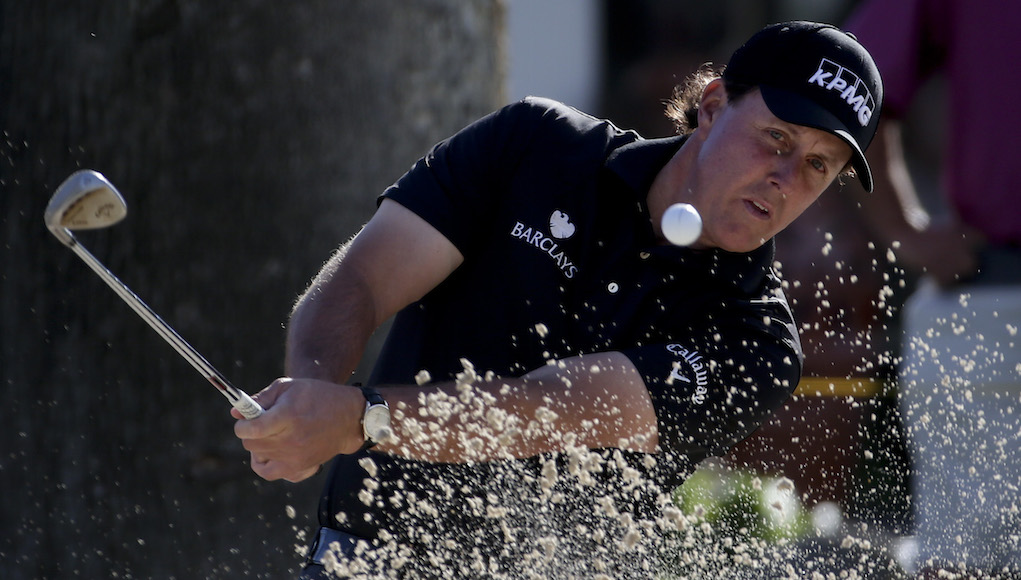
If you’re like me, it’s painful to watch the golf ball tumble into a bunker, or as you Americans like to call them, “traps.” Fear and trepidation soon follow while surveying the next shot from the sandy grave.
We watch in awe as professionals effortlessly splash their escapes exquisitely up to the hole. With endless hours to practice and a technique honed to perfection, these guys make it look easy. In fact, they sometimes prefer sand to greenside rough. The average weekend warrior has a much bigger fear factor and is less concerned in leaving the ball beside the hole as he is in not leaving the ball in the bunker. And the anguish of today’s golfer is only heightened as he sees the ball in anything but a perfect lie on the beach.
Compared to the early days of golf, however, bunker play is relatively easy.
Back in the dark ages when golf was invented, the landscape was not as refined as we know it these days. Golfers had to put up with all sorts of interesting lies including cart paths, (made by horse and carts, not the tarmac cart paths we know of today), ruts, hoof prints and cow pats. In those days, golfers used all sorts of designs to extricate themselves from hazards including the “water iron,” which was used from casual water. Back then, you played the ball as it lay no matter what!
The bunker itself came from our golfing forefathers in Scotland. The first golf courses were built on sand-based links land, and pits appeared that they called “bunkers.” And merely getting the ball out of a bunker was an issue. They were really a hazard and golfers accepted them as a punishment. They were unkempt, were full of stones, shells, weeds, and rocks and didn’t have rakes. They looked like they had been fashioned by men drinking whisky, which was probably not far from the truth. Indeed in early exhibition games, the crowds used to stand in the bunkers to get a better view of matches.
Prior to the 1930s, the best club for short approach shots was the niblick, roughly equivalent to today’s 9-iron or pitching wedge. The design of this club, however, featured a flat, angled face and virtually no sole, making it difficult to use in sand and other soft lies as it was prone to digging into the ground. Players had to pick the ball cleanly off the sand, which required a good lie. The other alternative for bunkers was the jigger; it was similar to a chipper with a short shaft, but little loft. Less loft prevented the club from digging in too much on soft lies, but the compromise was the low launch angle and it was useless at moving through the sand to dig out a buried ball. The club was also not ideal for approach shots from a greenside bunker, as a chip shot made with this club tended to roll for most of its distance. The club designers in those days were often blacksmiths who offered up all sorts of strange solutions to the bunker dilemma. The rake iron (pictured above) was invented by a Scottish optometrist who became fed up of having to remove sand from the eyes of golfers playing at the local links, and created a club designed to cast up less sand when swung.
The governing bodies soon began to clamp down on design and banned many offerings. Spoon clubs offered varying degrees of loft and allowed players to scoop their ball out of sand traps and deep rough. Some had bowl faces, others featured deeply grooved faces, but not all of these designs conformed. Walter Hagen was using a lethal-looking sand wedge in the late 1920s, with a hickory shaft and a smooth concave face with a lot of loft and about a half pound of weight in the flange. This was deemed illegal and soon became outlawed.
It is widely acknowledged that the biggest breakthrough in sand play appeared in the 1930s, and many connect Gene Sarazen with the design of today’s modern sand wedge. The story goes that he dreamed this club up after flying with Howard Hughes, the aviation tycoon, movie producer and scratch golfer. When Hughes’s plane took off, the flaps on the wings came down. We don’t know if alcohol or narcotics were consumed at the time, but Sarazen made a connection between the flaps and the flange you could add to a club that would allow it to slide through the sand and help the ball pop up.
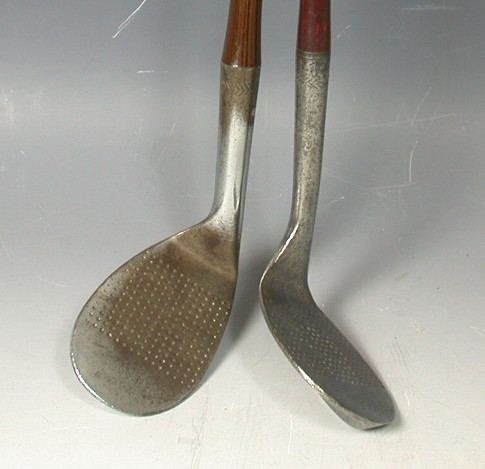
Early Wilson sand wedges.
Sarazen experimented by soldering flanges to his niblicks, which were similar to a modern pitching wedge. Another modification that he made was to add extra lead to the front edge of the club face, allowing it to cut through the sand more smoothly. He sent the clubs to Wilson, and the company used those prototypes to come up with its first sand wedge in the early 1930s with a steel shaft, dot markings on the club face and the amount of flange that is still widely used today. After he won the 1932 British and U.S. Opens with the help of his new club, its popularity quickly grew. Almost 85 years later the club has hardly changed, and you’ll still see Wilson R-20 and R-90 wedges in the bags of golfers today.
Sarazen was also a pioneer of the explosion shot. Up to then golfers tried to pick the ball clean out. By hitting in behind the ball and using the bounce of the club, the sand shot suddenly became more consistent. Of course, Sarazen downplayed it, saying it was the game’s easiest shot because the club face never touches the ball.
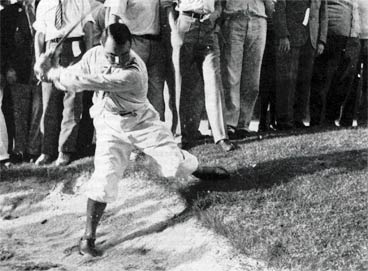
Gene Sarazen hitting a bunker shot.
Today, we are a lot more educated than ever on the design aspects of the sand wedge from the grooves and loft to the bounce. We have so many grind options these days with laser-engraved grooves machined to tolerances previously unachievable. Dave Pelz, Roger Cleveland, Bob Vokey and others are now celebrities of the short game, an industry within the game. The gap and lob wedges were natural additions, driven by marketing demands to sell more clubs, but in truth the basic concepts have only changed marginally. More loft seems to be the current trend, and it’s interesting to see 58-64 degrees as the new norm. I stop at 60, as I have this recurring nightmare of a ball coming straight up and hitting me in the face, but that’s another story
So the next time you find yourself on the beach, think bounce, knock it out and tip your hat to Eugenio Saraceni.
- LIKE142
- LEGIT8
- WOW6
- LOL4
- IDHT2
- FLOP1
- OB0
- SHANK4
Equipment
Coolest thing for sale in the GolfWRX Classifieds (4/18/24): Ping PLD Limited Anser – 1988 Open Championship – #2 of only 88 Made
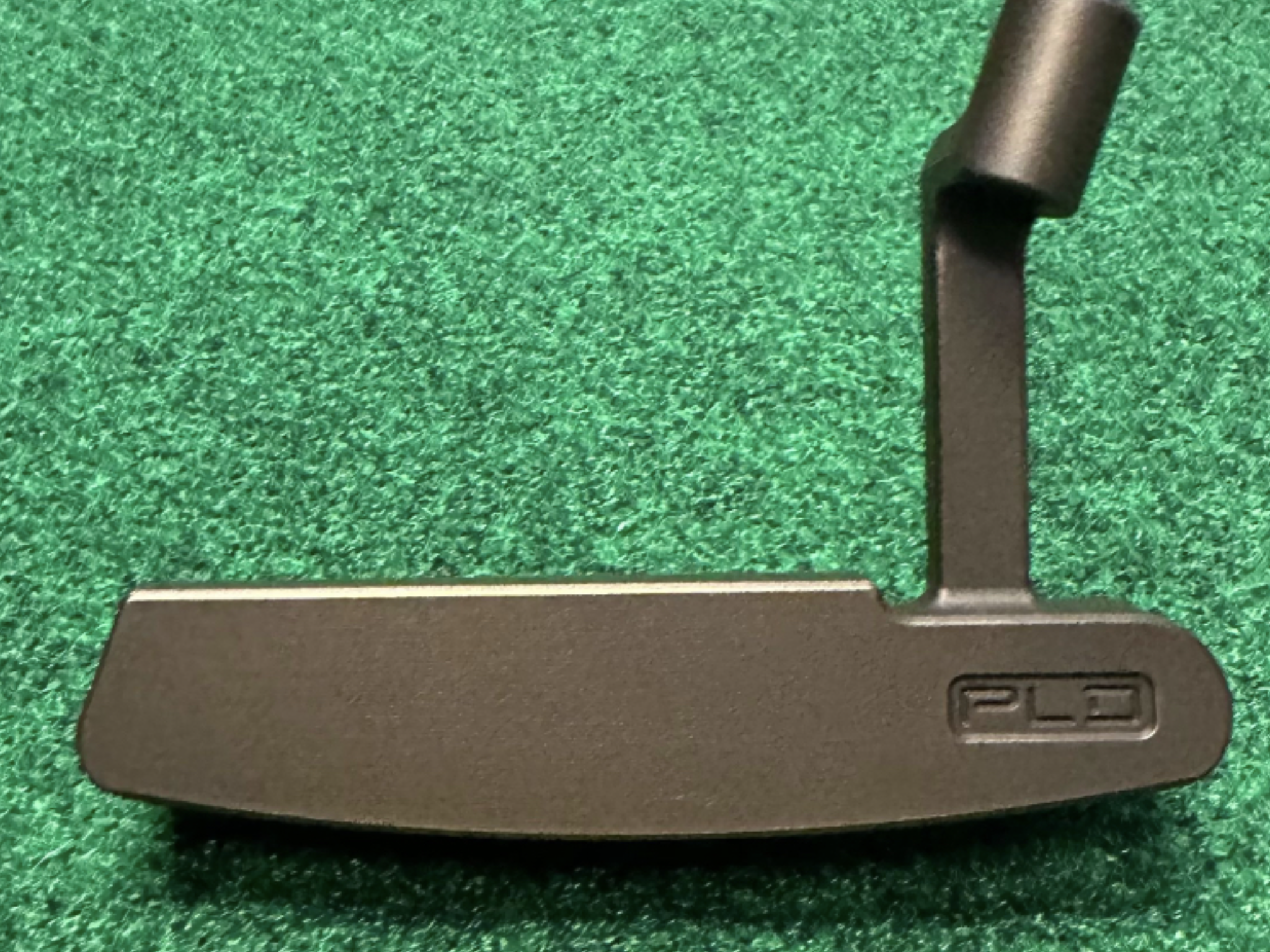
At GolfWRX, we are a community of like-minded individuals that all experience and express our enjoyment of the game in many ways.
It’s that sense of community that drives day-to-day interactions in the forums on topics that range from best driver to what marker you use to mark your ball. It even allows us to share another thing we all love – buying and selling equipment.
Currently, in our GolfWRX buy/sell/trade (BST) forum, there is a listing for a Ping PLD Limited Anser – 1988 Open Championship – #2 of only 88 Made.
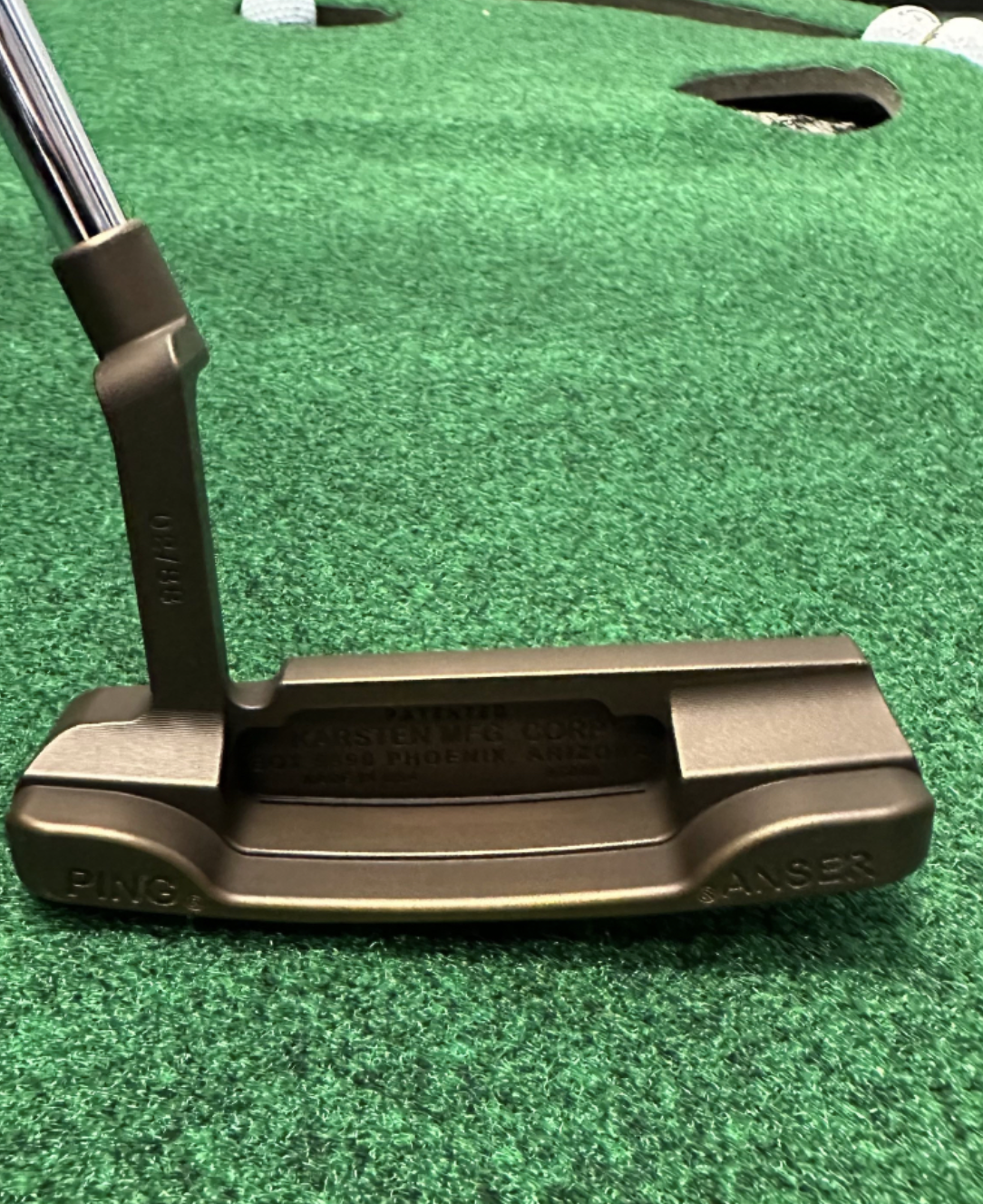
From the seller: (@DLong72): “Ping PLD Limited Anser – 1988 Open Championship – #2 of only 88 Made. ?: $1150. ?? 100% milled collectors item from the limited releases commemorating when Ping putters won every major in 1988 (88 putters made). This was the model Seve Ballesteros used to win the 1988 Open Championship. Condition is brand new, never gamed, everything is in the original packaging as it came. Putter features the iconic sound slot.
Specs/ Additional Details
-100% Milled, Aluminum/Bronze Alloy (310g)
-Original Anser Design
-PING PP58 Grip
-Putter is built to standard specs.”
To check out the full listing in our BST forum, head through the link: Ping PLD Limited Anser – 1988 Open Championship – #2 of only 88 Made
This is the most impressive current listing from the GolfWRX BST, and if you are curious about the rules to participate in the BST Forum you can check them out here: GolfWRX BST Rules
- LIKE1
- LEGIT0
- WOW0
- LOL0
- IDHT0
- FLOP0
- OB0
- SHANK0
Equipment
Inside Collin Morikawa’s recent golf ball, driver, 3-wood, and “Proto” iron changes
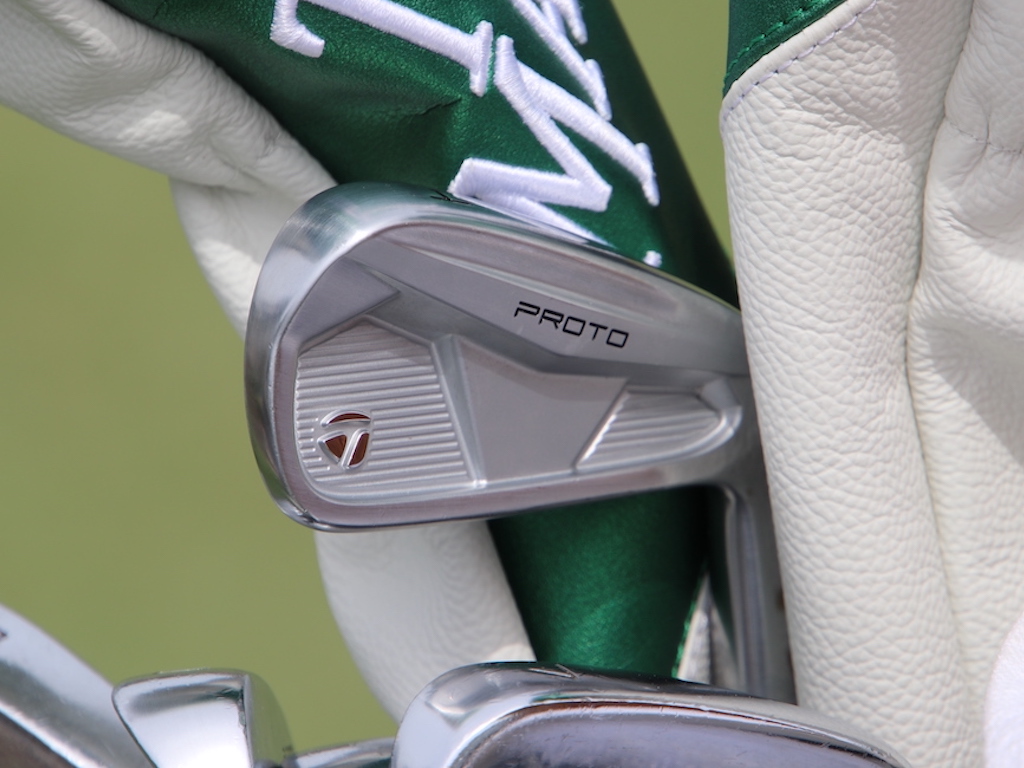
As you probably know by now, Collin Morikawa switched putters after the first round of The Masters, and he ultimately went on to finish T3.
The putter was far from the only change he made last week, however, and his bag is continuing to change this week at the 2024 RBC Heritage.
On the range of The Masters, Morikawa worked closely with Adrian Reitveld, TaylorMade’s Senior Manager of Tour at TaylorMade, to find the perfect driver and 3-wood setups.
Morikawa started off 2024 by switching into TaylorMade’s Qi10 Max driver, but since went back to his faithful TaylorMade SIM – yes, the original SIM from 2020. Somehow, some way, it seems Morikawa always ends up back in that driver, which he used to win the 2020 PGA Championship, and the 2021 Open Championship.
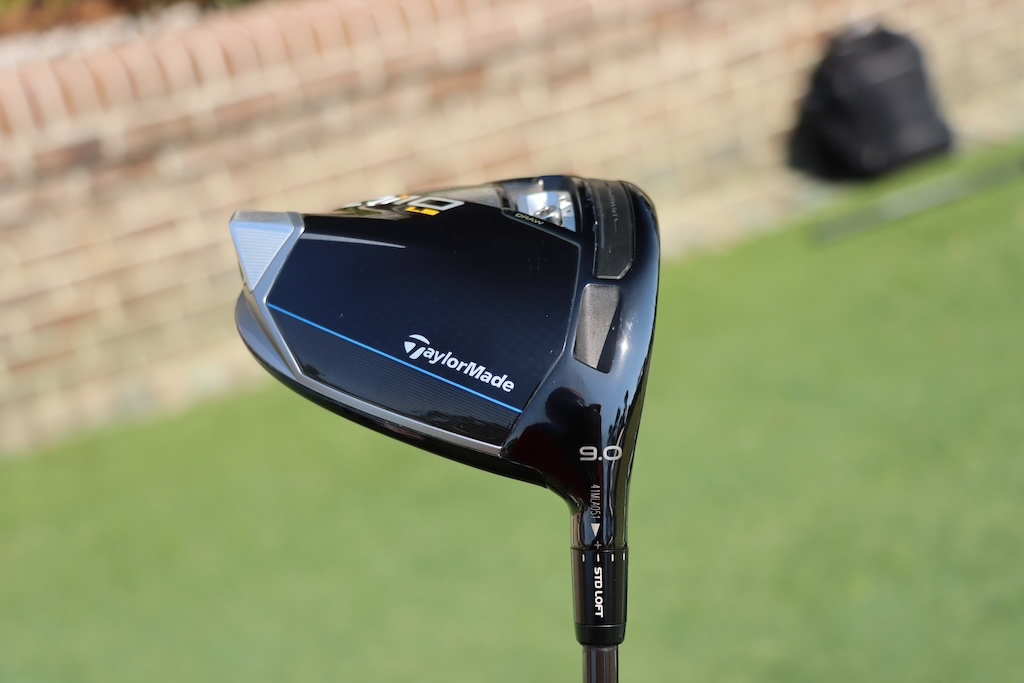
At The Masters, however, Rietveld said the duo found the driver head that allowed “zero compromise” on Morikawa’s preferred fade flight and spin. To match his preferences, they landed on a TaylorMade Qi10 LS 9-degree head, and the lie angle is a touch flatter than his former SIM.
“It’s faster than his gamer, and I think what we found is it fits his desired shot shape, with zero compromise” Rietveld told GolfWRX.com on Wednesday at the RBC Heritage.
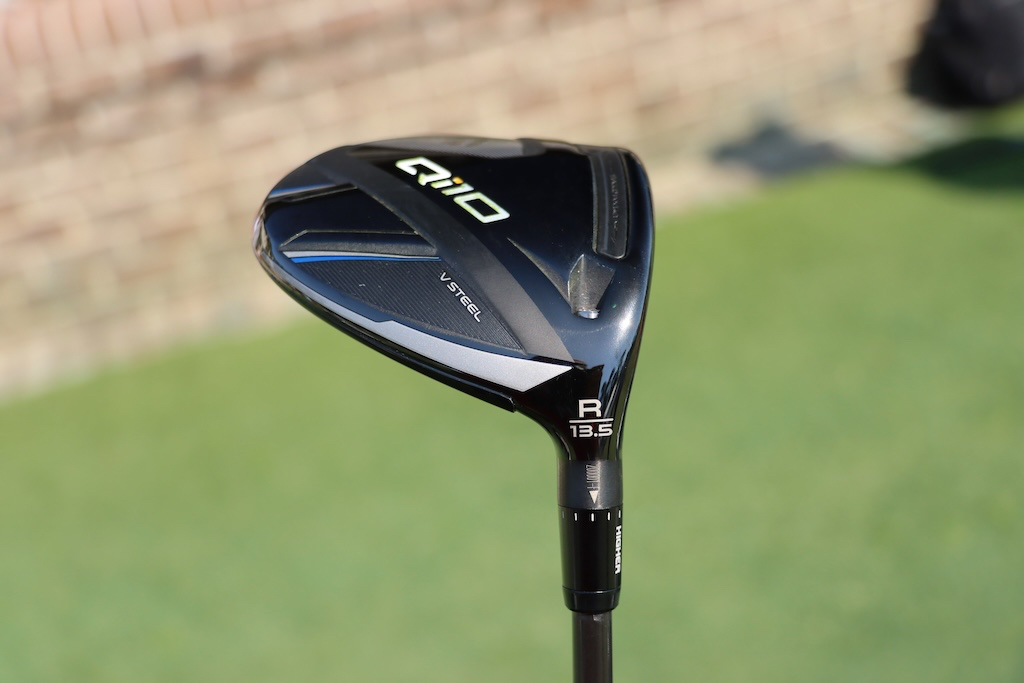
Then, to replace his former SIM rocket 3-wood, Morikawa decided to switch into the TaylorMade Qi10 core model 13.5-degree rocket head, with an adjustable hosel.
“He likes the spin characteristics of that head,” Rietveld said. “Now he’s interesting because with Collin, you can turn up at a tournament, and you look at his 3-wood, and he’s changed the setting. One day there’s more loft on it, one day there’s less loft on it. He’s that type of guy. He’s not scared to use the adjustability of the club.
“And I think he felt our titanium head didn’t spin as low as his original SIM. So we did some work with the other head, just because he liked the feel of it. It was a little high launching, so we fit him into something with less loft. It’s a naughty little piece of equipment.”

In addition to the driver and fairway wood changes, Morikawa also debuted his new “MySymbol” jersey No. 5 TP5x golf ball at The Masters. Morikawa’s choice of symbols is likely tied to his love of the Los Angeles Dodgers baseball team.
Not enough changes for you? There’s one more.

On Wednesday at the 2024 RBC Heritage, Morikawa was spotted with a new TaylorMade “Proto” 4-iron in the bag. If you recall, it’s the same model that Rory McIlroy debuted at the 2024 Valero Texas Open.
According to Morikawa, the new Proto 4-iron will replace his old P-770 hollow-bodied 4-iron.
“I used to hit my P-770 on a string, but sometimes the distance would be a little unpredictable,” Morikawa told GolfWRX.com. “This one launches a touch higher, and I feel I can predict the distance better. I know Rory replaced his P-760 with it. I’m liking it so far.”
See Morikawa’s full WITB from the 2024 RBC Heritage here.
- LIKE32
- LEGIT3
- WOW2
- LOL5
- IDHT2
- FLOP3
- OB3
- SHANK3
Equipment
Why Rory McIlroy will likely use the new TaylorMade BRNR Mini Driver Copper at the RBC Heritage
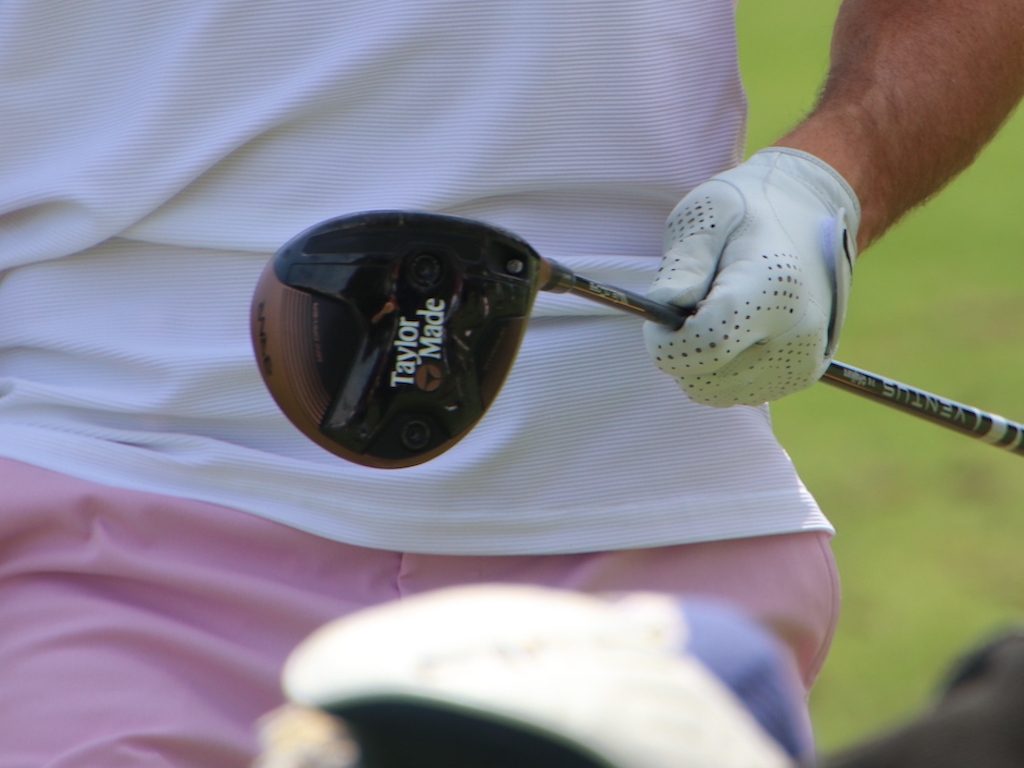
Although we spotted Rory McIlroy testing the new TaylorMade BRNR Mini Driver Copper last week during practice rounds at the Masters, he ultimately didn’t decide to use the club in competition.
It seems that will change this week at the 2024 RBC Heritage, played at the short-and-tight Harbour Town Golf Links in Hilton Head.
When asked on Wednesday following his morning Pro-Am if he’d be using the new, nostalgic BRNR Copper this week, McIlroy said, “I think so.”
“I like it,” McIlroy told GolfWRX.com on Tuesday regarding the BRNR. “This would be a good week for it.”
View this post on Instagram
According to Adrian Rietveld, the Senior Manager of Tour at TaylorMade, the BRNR Mini Driver can help McIlroy position himself properly off the tee at the tight layout.

Here’s what Rietveld told GolfWRX.com on Wednesday:
“For someone like Rory, who’s that long at the top end of the bag, and then you put him on a course like Harbour Town, it’s tough off the tee. It’s tight into the greens, and you have to put yourself in position off the tee to have a shot into the green. It kind of reminds me of Valderrama in Spain, where you can be in the fairway and have no shot into the green.
“I’m caddying for Tommy [Fleetwood] this week, so I was walking the course last night and looking at a few things. There’s just such a small margin for error. You can be standing in the fairway at 300 yards and have a shot, but at 320 you don’t. So if you don’t hit a perfect shot, you could be stuck behind a tree. And then if you’re back at 280, it might be a really tough shot into the small greens.
“So for Rory [with the BRNR], it’s a nice course-specific golf club for him. He’s got both shots with it; he can move it right-to-left or left-to-right. And the main thing about this club has been the accuracy and the dispersion with it. I mean, it’s been amazing for Tommy.
“This was the first event Tommy used a BRNR last year, and I remember talking to him about it, and he said he couldn’t wait to play it at Augusta next year. And he just never took it out of the bag because he’s so comfortable with it, and hitting it off the deck.
“So you look at Rory, and you want to have the tools working to your advantage out here, and the driver could hand-cuff him a bit with all of the shots you’d have to manufacture.”
So, although McIlroy might not be making a permanent switch into the new TaylorMade BRNR Mini Driver Copper, he’s likely to switch into it this week.
His version is lofted at 13.5 degrees, and equipped with a Fujikura Ventus Black 7X shaft.
See more photos of Rory testing the BRNR Mini here
- LIKE25
- LEGIT2
- WOW0
- LOL2
- IDHT0
- FLOP0
- OB1
- SHANK3
-

 19th Hole1 week ago
19th Hole1 week agoDave Portnoy places monstrous outright bet for the 2024 Masters
-

 19th Hole3 weeks ago
19th Hole3 weeks agoThings got heated at the Houston Open between Tony Finau and Alejandro Tosti. Here’s why
-

 19th Hole1 week ago
19th Hole1 week agoTiger Woods arrives at 2024 Masters equipped with a putter that may surprise you
-

 19th Hole2 weeks ago
19th Hole2 weeks agoReport: Tiger Woods has ‘eliminated sex’ in preparation for the 2024 Masters
-

 19th Hole4 days ago
19th Hole4 days agoTwo star names reportedly blanked Jon Rahm all week at the Masters
-

 19th Hole4 days ago
19th Hole4 days agoNeal Shipley presser ends in awkward fashion after reporter claims Tiger handed him note on 8th fairway
-

 19th Hole3 days ago
19th Hole3 days agoReport: LIV Golf identifies latest star name they hope to sign to breakaway tour
-

 19th Hole2 weeks ago
19th Hole2 weeks agoAddiction, spinal fusion, and scam artists – Everything Anthony Kim revealed in candid interview with David Feherty

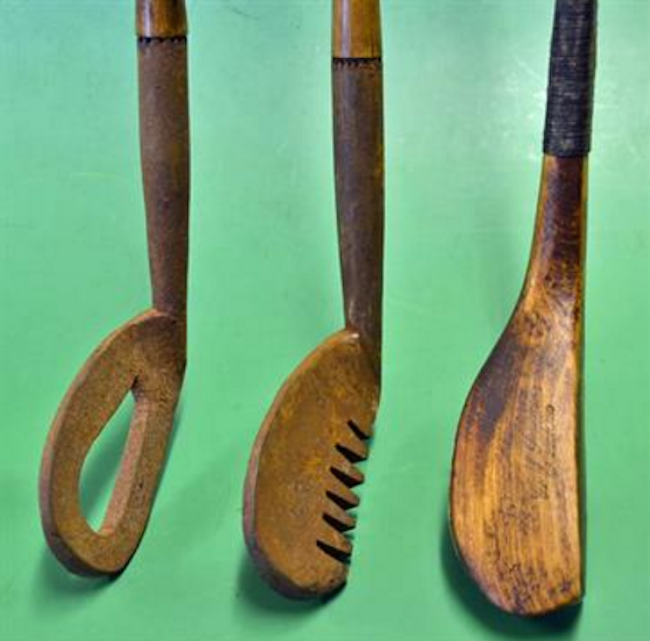
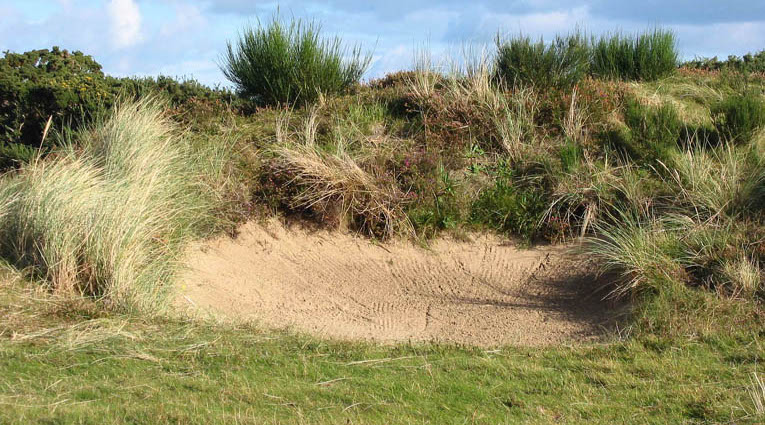
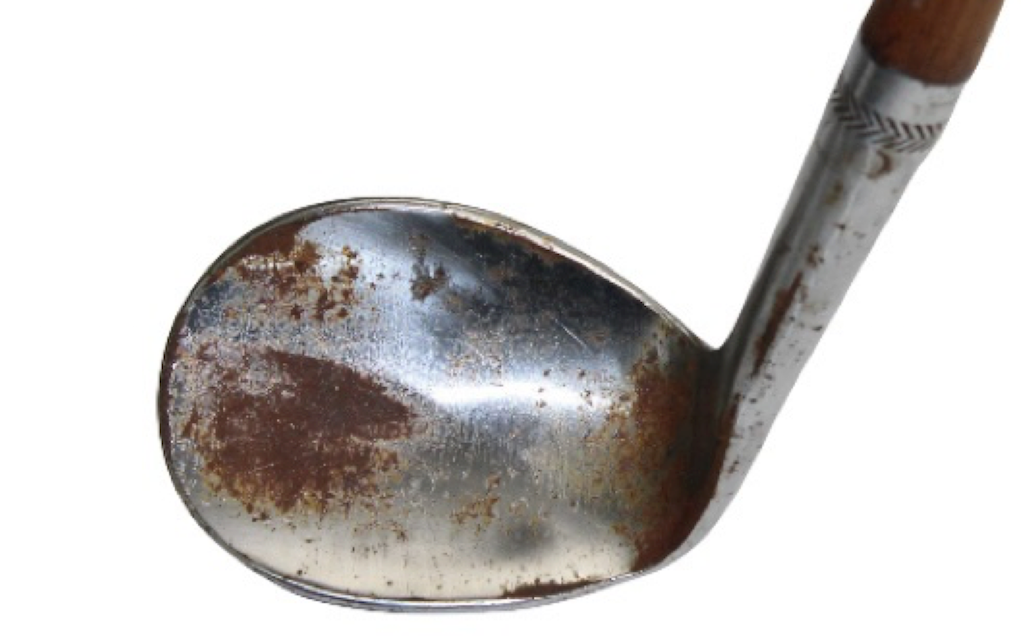


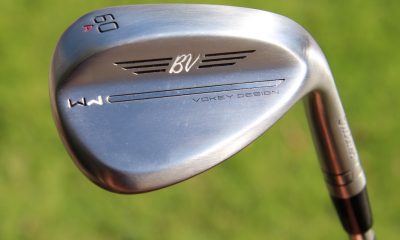

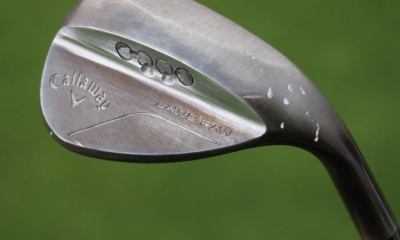

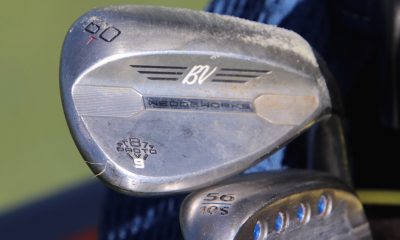

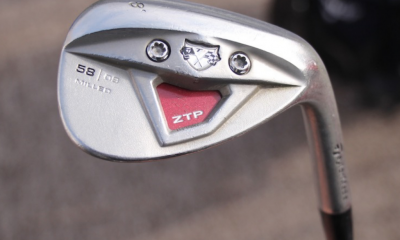

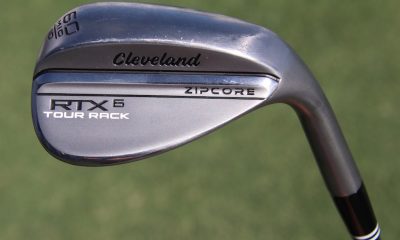

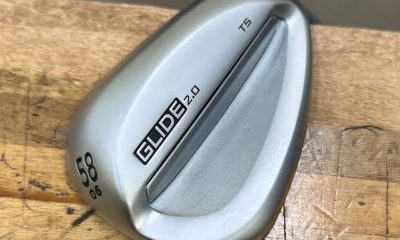














Greg V
Aug 15, 2016 at 12:49 pm
Eugenio Saraceni – who is this violin player of which you speak?
Flavastalloni
Aug 14, 2016 at 9:51 pm
Tom Morris Junior perfected the rutclub shot from off the green which won him his Opens
Pe
Aug 14, 2016 at 2:35 am
I also have this recurring nightmare that while I play a links course in Scotland in the brutal winds and I go to take a pee in the gorse bush, the wind would blow so hard the pee would splash up and hit me in the face